SOUND BAG AUDIO, REDEFINED
Nomad is a complete location sound recording system designed specifically for sound bag use, Nomad provides all the functionality necessary to mix and record in a power-efficient space-saving package.
 Nomad
Nomad
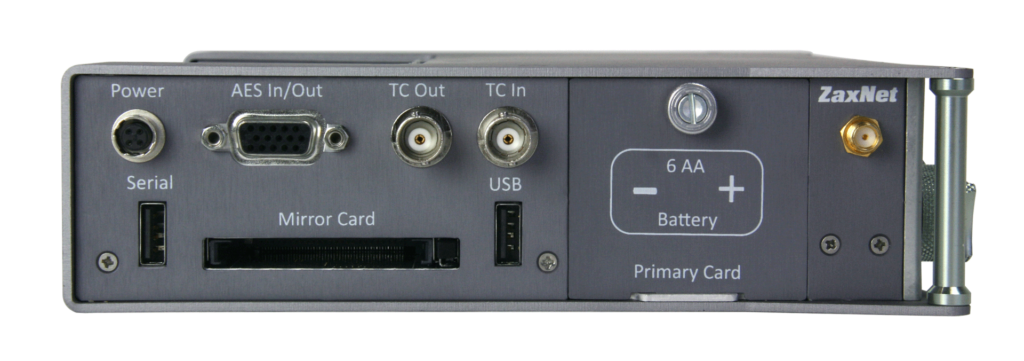 Nomad’s Left Panel
Nomad’s Left Panel
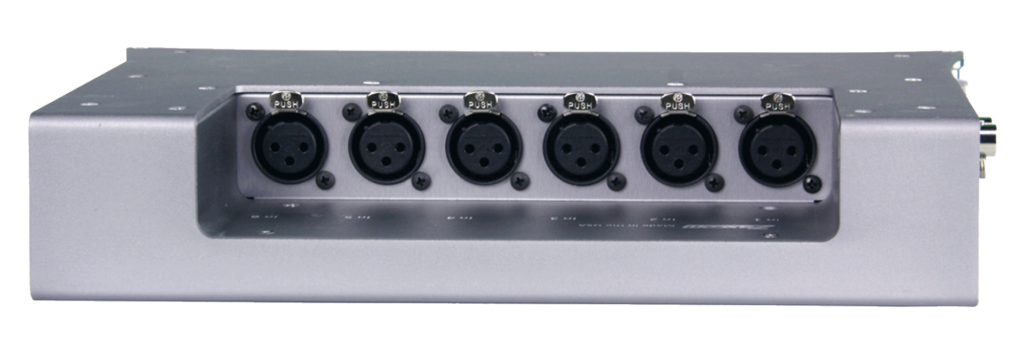 Nomad Rear
Nomad Rear
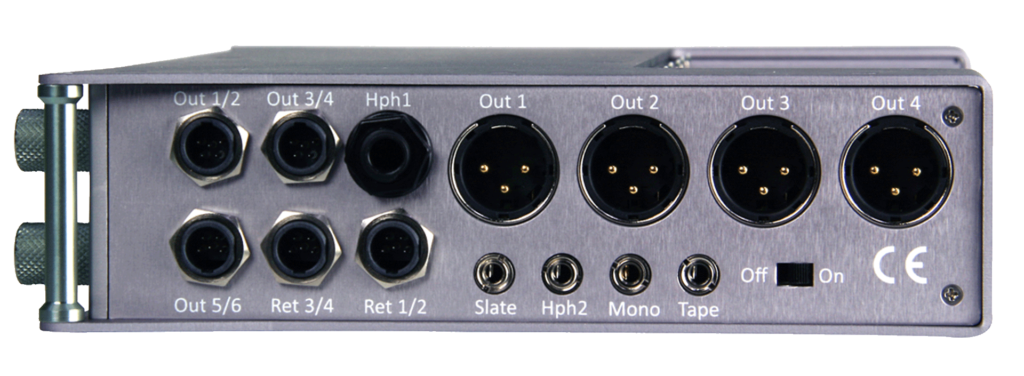 Nomad Right Side
Nomad Right Side
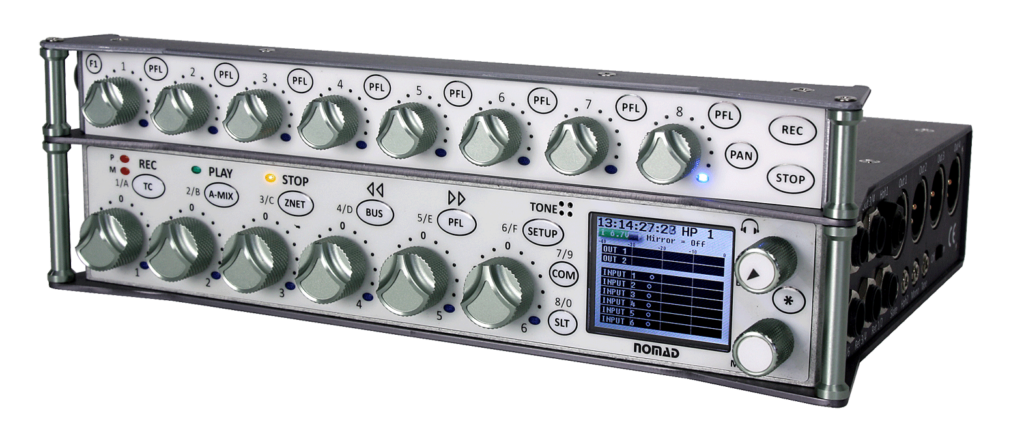 Nomad with FP8 Control Panel
Nomad with FP8 Control Panel
There are three models of Nomad available to fit individual needs – Nomad Lite, Nomad 10, and Nomad 12. All versions of Nomad feature 10 analog inputs with 6 mic preamps featuring NeverClip. Nomad 10 and 12 has 3 pair of AES digital inputs with sample rate conversion. One pair can be configured as an AES42 input. All inputs can be mixed into 6 output busses over 4 XLR connectors and 3 TA5 connectors (two busses per TA5). Each output connector can be individually configured as line, mic, and consumer output levels. There is also a mono and tape output. Nomad also has 4 balanced camera returns that double as balanced line-level inputs. Nomad can record 10 or 12 tracks (model depend) on dual Compact Flashcards. Files can be recorded up to 24 bit / 96KHz with a dynamic range of 137 dB. Nomad 10 and 12 have ZaxNet compatibility. Nomad 12 has the ability to record to a USB flash drive, and the ability to record MP3 files.
| Product Features | Nomad Lite | Nomad 10 | Nomad 12 |
|---|---|---|---|
| Recording Tracks | 10 | 10 | 12 |
| Mix Busses | 6 | 16 | 18 |
| Track Mix Busses | 0 | 10 | 12 |
| Automixer | No | 18 Inputs | 18 Inputs |
| ZaxNet™ | No | Yes | Yes |
| AES Inputs | No | 8-Channel | 8-Channel |
| USB Recording | No | No | Yes |
| Notch Filter per Channel | 2 | 2 | 2 |
| External Fader Control | Yes | Yes | Yes |
| Surround Decode | Yes | Yes | Yes |
The Digital Mixing Advantage
Nomad’s digital mixing engine provides zero distortion, zero noise, and a far greater dynamic range than is possible with an analog mixing solution. Nomads digital mixer always provides a phase and time coherent audio path for every analog input to each output. The mixer has a special feature that ensures that the headphone monitor is always a true reflection of the Nomad output busses and recording tracks. If any bus is over-driven the headphone will always correctly mirror the condition no matter the volume of the headphone or the output level of the bus output. All of Nomad’s DSP-based mixing functions are cross-faded. This eliminates the clicks and pops common to hardware control of analog mixers.
NeverClip™
A sound recording engineer is always judged by the quality of the recorded mix tracks. The tracks must be as high dynamic range as possible without clipping. Often tracks do not have enough level or contain a high degree of limiter distortion. NeverClip features a dual A-D converter design that extends the dynamic range of the Nomad input to an unmatched 137 dB. NeverClip eliminates the need for hard input limiters that can distort the track before it can be mixed. This provides a better dynamic range and lower distortion than is possible with analog mixers. With NeverClip, input trim adjustment pots are not needed during a live production and audio can be recorded at a higher level to ease post-production.
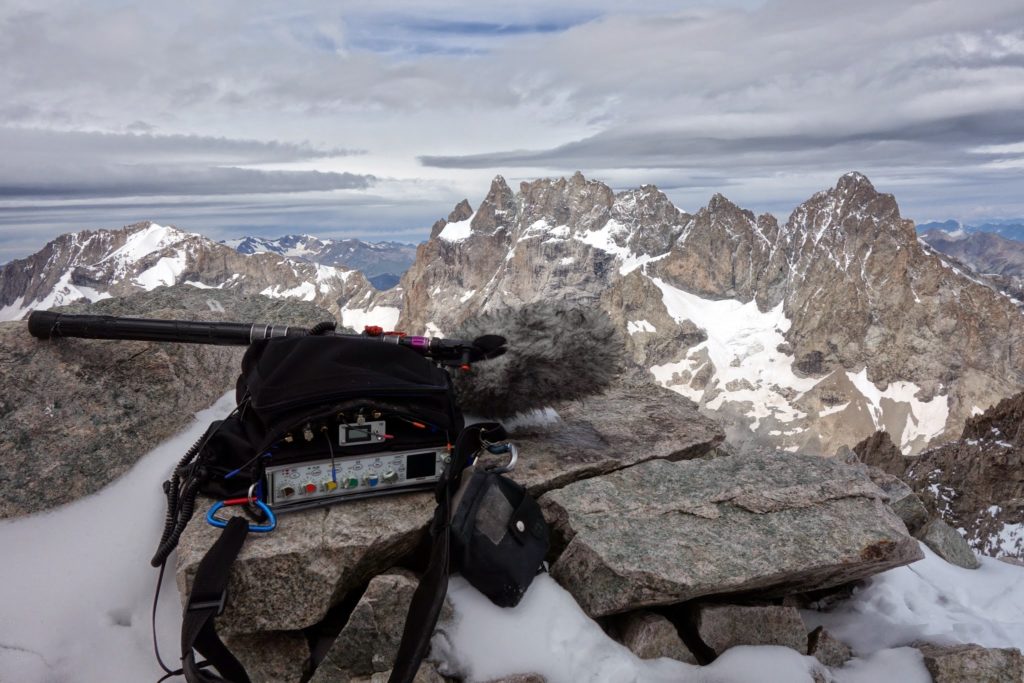
Soft Knee Compressor
Nomad Soft Knee Compressors with look-ahead processing capability and fully user-adjustable parameters allow for precise control of output and recorded track levels. Use just the right amount of compression required to keep the audio tracks sounding natural while limiting them to the desired dynamic range. The 32 bit DSP compressor algorithm is ultra-smooth and totally consistent from channel to channel. A side-chain input is used to link compressor action when appropriate. This is necessary for MS and Surround microphone recording. A Soft Knee Compressor is also included on every input.
Auto-mixer
Zaxcom auto-mixer will aid in the mixing of unscripted dialog. Control of multiple microphones in an unscripted situation can be a daunting task. The auto-mixer seamlessly opens a microphone as a speaker begins to talk and attenuates it when they stop. The last mic on features ensures that there is a constant noise floor.
ZaxNet
Nomad 10 and 12 contain an integrated Zaxnet transceiver. Via Zaxnet, an IFB audio channel can be transmitted to multiple Zaxcom ERX audio monitor receivers. Personal audio delay capability is included to keep picture and sound monitoring in perfect sync for all on-set clients. Digital IFB audio quality and the ability to instantly route the source from any combination of 16 busses will make the ZaxNet IFB system a standout for both production sound mixers and their clients. Zaxnet simultaneously distributes SMPTE time code and audio to ERX receivers. When the ERX receiver is connected to the camera there is no need to manually jam the timecode. All Zaxnet time code is free from timing errors and drift. This feature eliminates the need for separate TC sync boxes and separate RF time code transmission systems. Zaxcom’s wireless microphones are also directly controlled from Nomad via Zaxnet transmission. Audio gain, wireless frequency, RF power level, and transmitter recording control are all seamlessly integrated into the system.
IFB monitoring from camera-mounted receivers is integrated directly into the headphone monitor system. When utilized with the Zaxcom QRX235 w/IFB allows for direct wireless monitoring of confidence audio from up to 6 cameras.
INPUT DELAY
Nomad input delay feature is key to turning in tracks that are properly timed. Only the sound mixer on location knows the proper delay on each microphone input due to microphone position and inherent delay of wireless microphones vs hard-wired microphones. Proper use of the input delay feature can eliminate comb filter effects common to multiple channels that mix together with the same audio content. The Nomad always maintains its audio outputs and recorded tracks in a perfect phase and time relationship eliminating mixing problems in post.
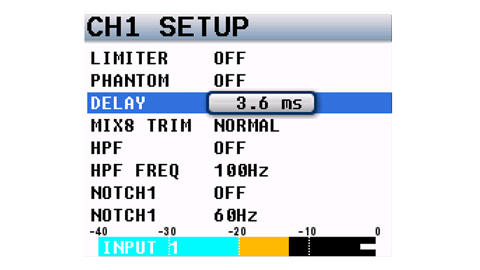
NOTCH FILTERS
Each input channel has 2 adjustable Notch filters. This powerful tool when activated can eliminate AC power hum, lighting noise, and other unwanted sounds before they can find their way to the client. The filters are very narrow and do not affect the quality of the recorder audio. Notch filters can often make an unusable track usable.
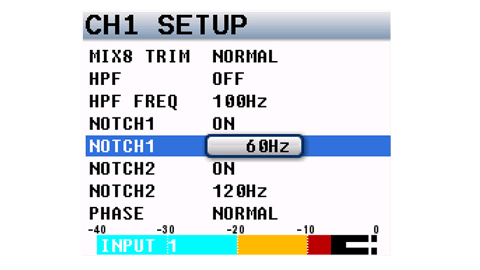
INTEGRATED TIMECODE SLATE (PATENT PENDING)
Nomad has a time code slate feature that can eliminate the need for external time code slates. Just press the time code button and large time code display characters are instantly displayed on the LCD display in the correct orientation to be photographed by the video camera. A beep tone is inserted into the designated audio tracks when the slate function is activated. The integrated time code slate is all that is needed for Post to verify sync between picture and sound. Because the slate is generated directly from the Nomad’s timecode generator there is never any timing error between the two.
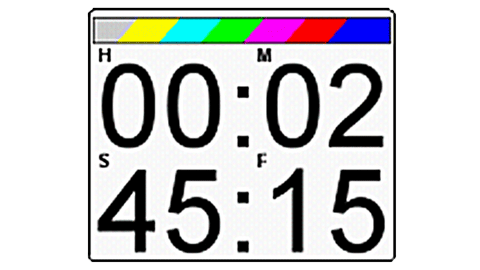
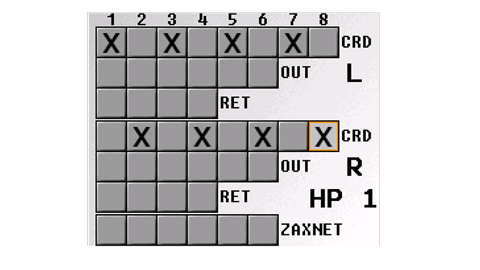 Nomad Headphone Menu
Nomad Headphone Menu Headphone Monitoring
The headphone output can drive any headphone with a powerful ultra-low-noise output. The headphone is specially designed to always reflect the distortion of any output or recorded track. The Nomad headphone monitoring system provides 12 user-adjustable configurations. Any combination of output busses, record tracks, and camera returns can be monitored and identified with user-defined labels. A second headphone output with independent routing is also provided.
Com and Slate
The “Com” and “Slate” communication channels are used to control the internal or external slate microphone input. Each of the two functions is independently routable to each card track and bus output. The external mic input is compatible with both powered and dynamic microphones.
Surround and MS Recording
The six hardware faders can be routed to any or all of the six mic/line inputs. This makes Nomad the perfect choice for the recording of surround microphones where precise gain control of multiple channels is required often by a single rotary fader. When multiple channels are set up for multi-channel microphones the Nomad soft-knee compressors will be linked via a side chain. This keeps the gain equal on all channels even when one of the microphone inputs is in compression. This keeps all audio channels in their proper gain and phase relationships. Since all of Nomad processing is in the digital domain the compressors will always act with exactly the same gain reduction and timing parameters. This yields results not possible with analog mixers with hard limiters.
MARF
Nomad uses Zaxcom’s MARF (Mobile Audio Recording Format) file system. The MARF system is the most reliable way to record audio files with battery-powered hardware. If power is lost during your recording session there is never any audio loss or memory corruption. Open files are properly closed and recording can continue when power is restored. Media directories are written only when needed therefore MARF dramatically increases the reliability of the recordings over FAT32 file systems. MARF is directly compatible with PC and MAC for file transfer when using the free ZaxConvert utility.
Nomad Control Surfaces
The Nomad 10 and 12 can be used with an array of control surfaces, including the Oasis and FP8. These give you additional control and convenience when using your Nomad.
The Nomad Production Sound System
The Nomad is a cost-effective and time-tested solution. Just as analog recording is no longer used in location sound, analog mixing will be phased out due to its inherent shortcomings relative to all digital mixing and effects processing. Nomad’s digital design is key to its future value and longevity in the marketplace. We at Zaxcom are proud to bring Nomad to you and the location sound industry.